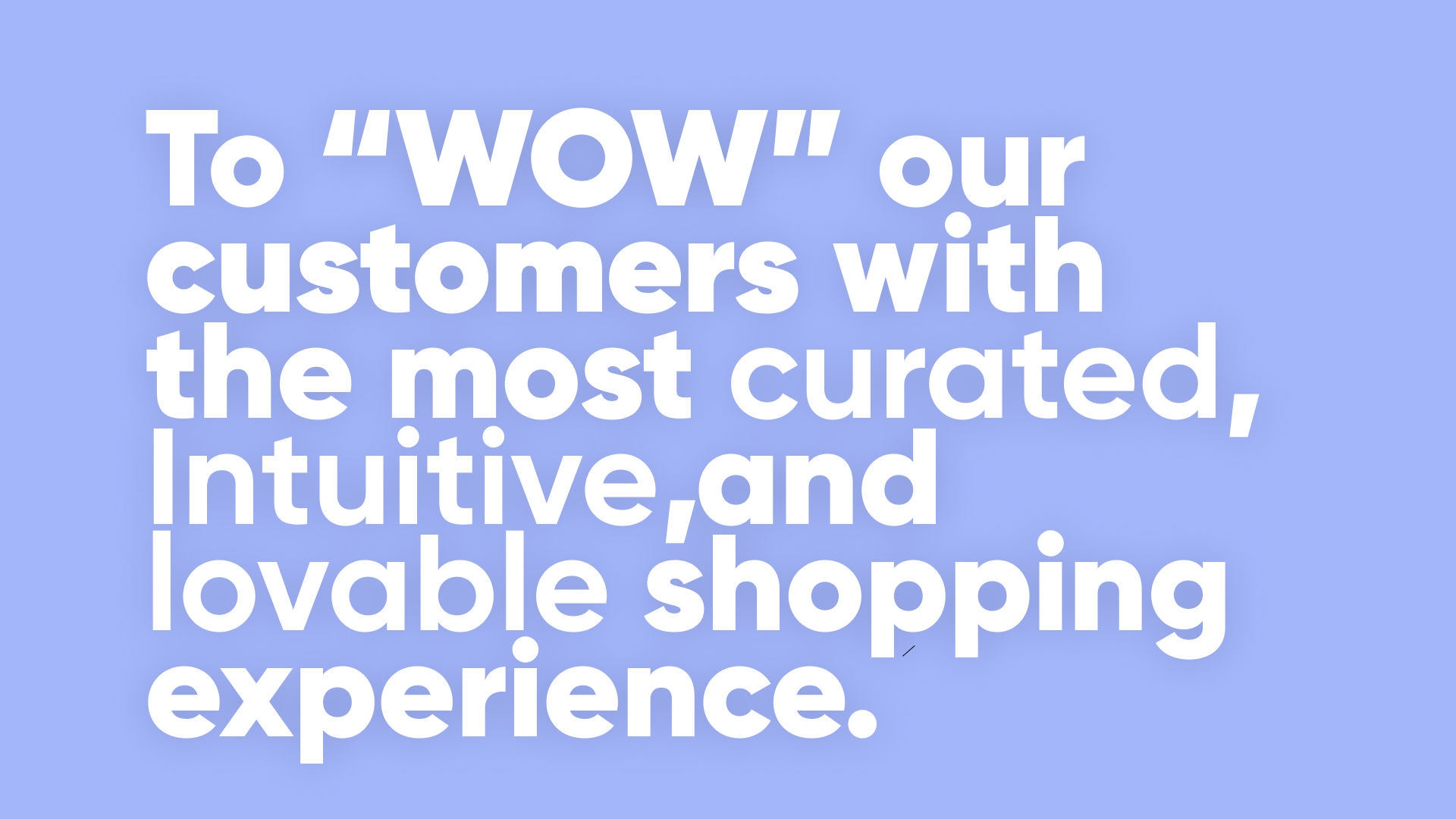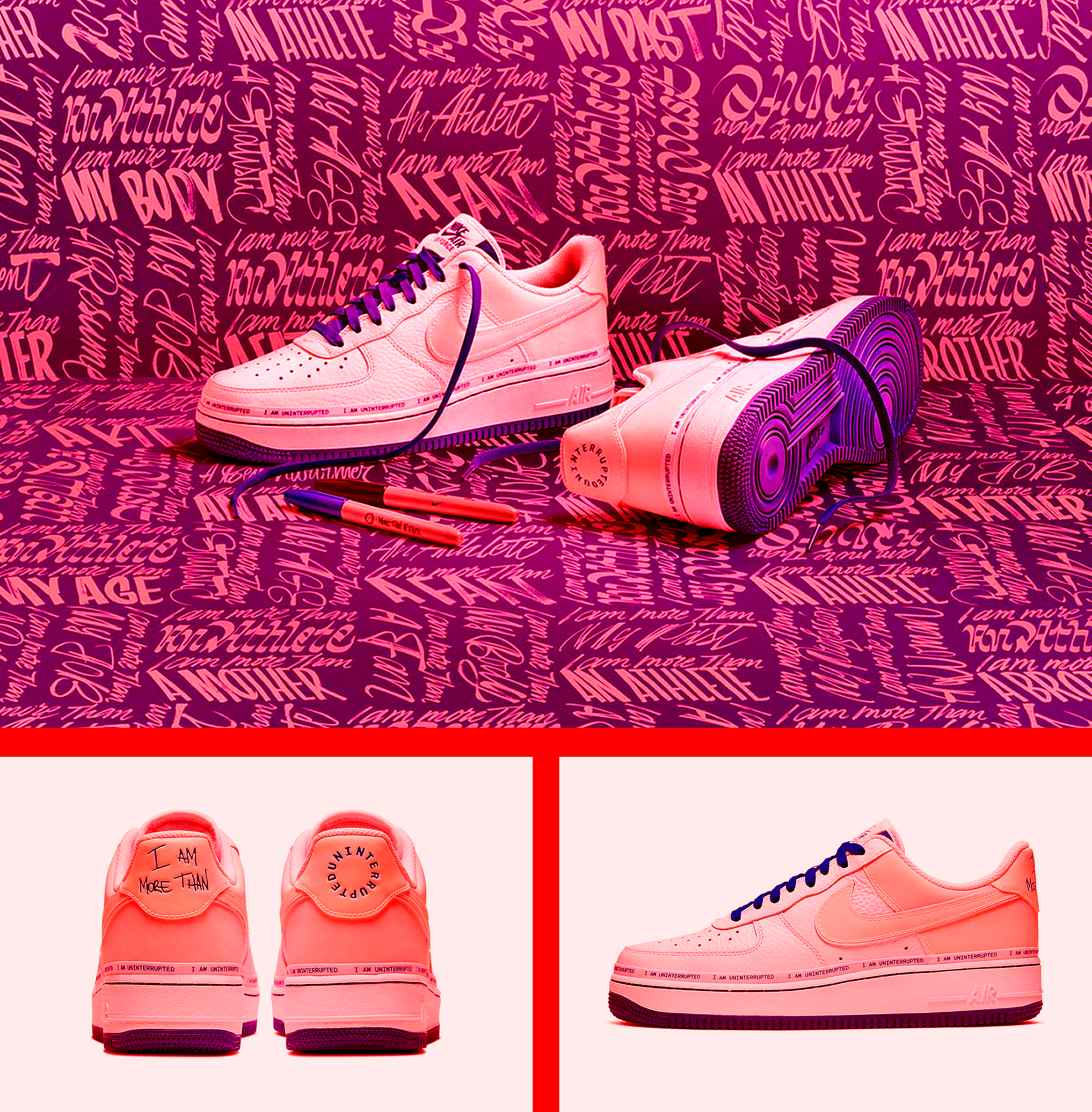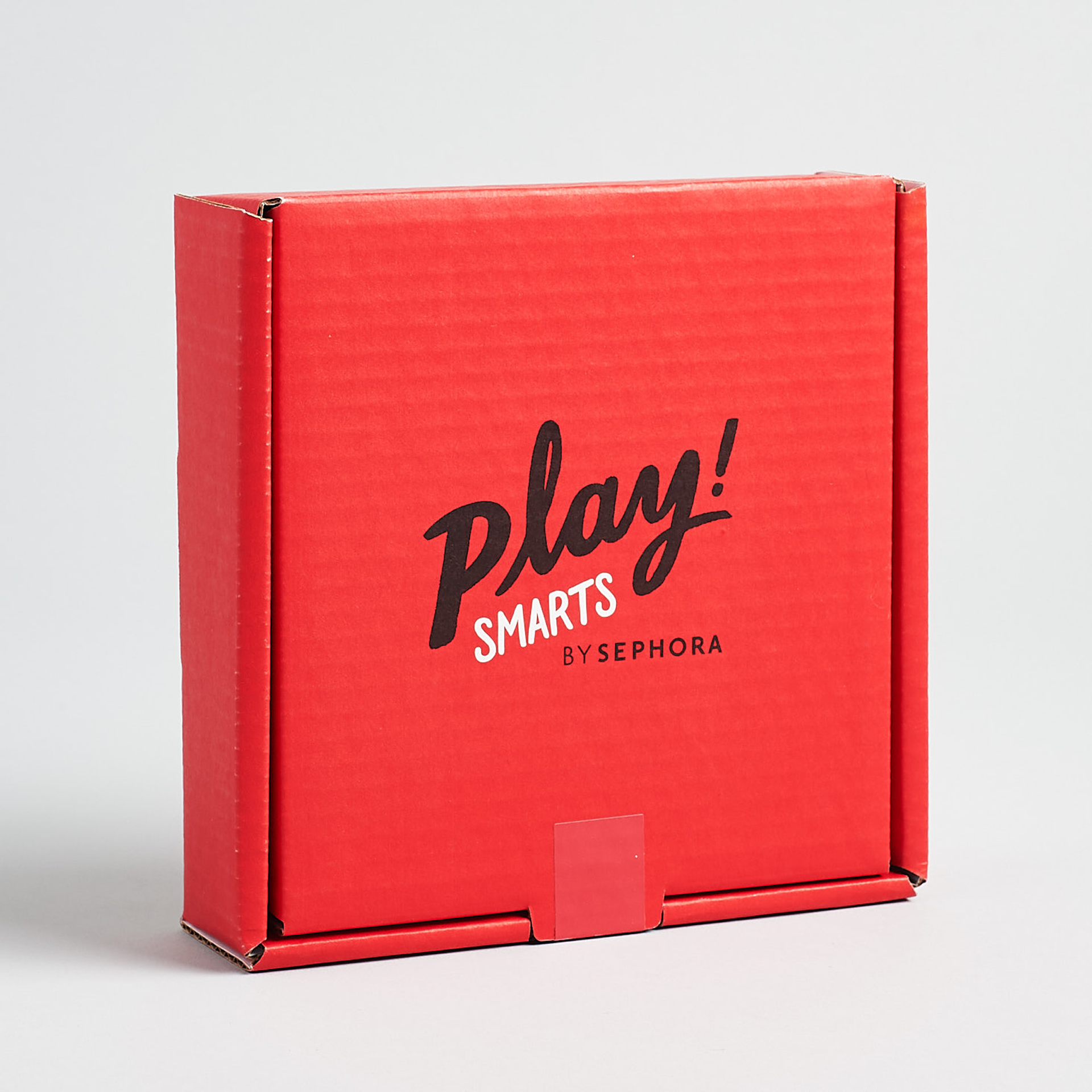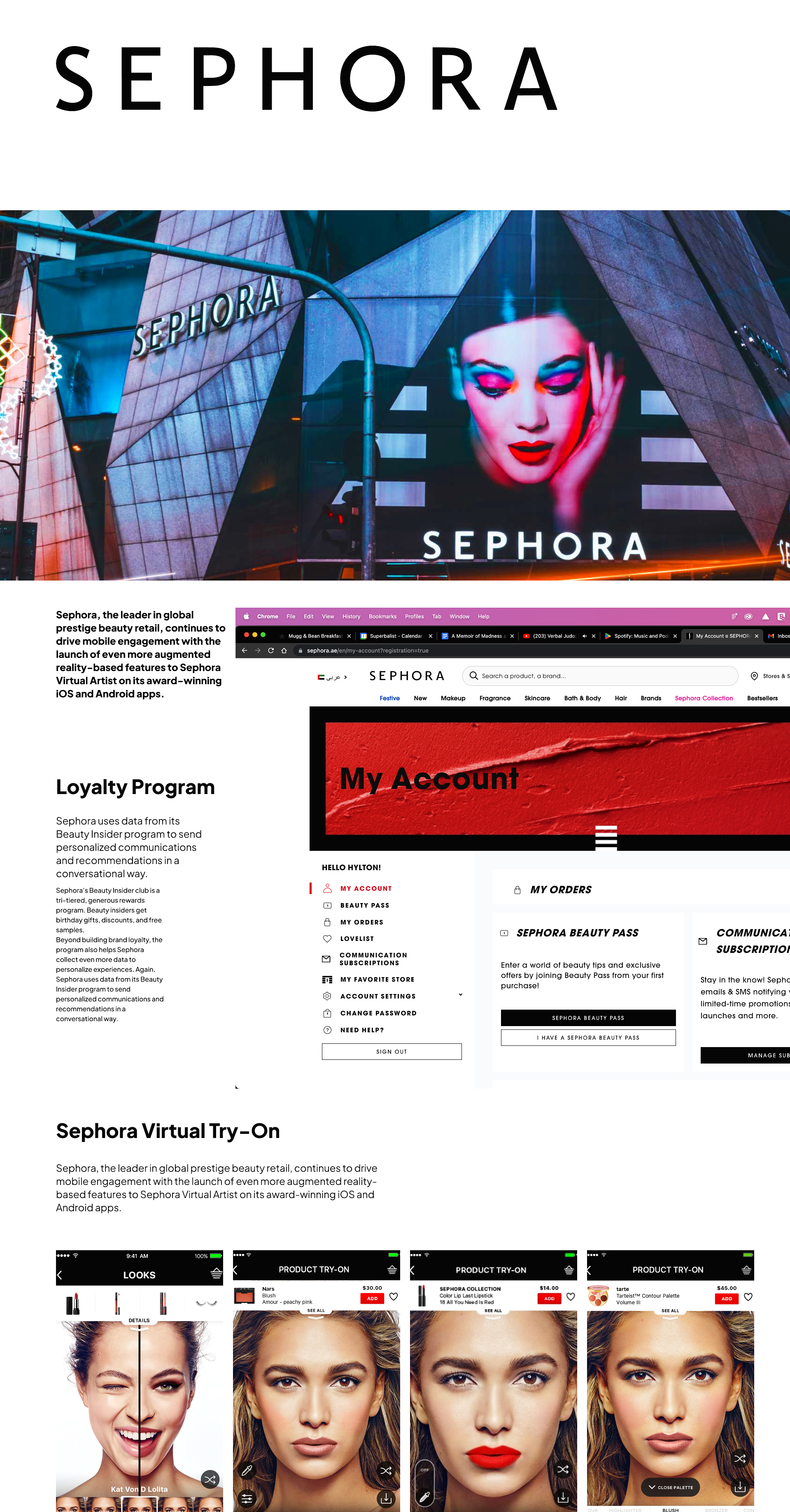In e-commerce, every decision counts. Too broad, and you lose relevance. Too narrow, and you miss opportunity. Continuum was our answer to this problem—a continuous research platform built to decode how people shop, what they desire, and how to deliver the right product at the right time.
E-commerce isn’t forgiving. Success depends on precision: putting the right products in front of the right customer, across endless variables—color, texture, fit, brand, timing. Continuum was developed to confront this challenge head-on.
Instead of static research or one-off campaigns, Continuum was always in motion. We continuously analysed user behavior, emerging trends, and purchasing data to surface patterns hidden beneath the noise. It wasn’t just about understanding what customers liked, but why they liked it—and how that could be predicted.
Through this platform, we tested and implemented hyper-personalisation strategies. Product recommendations became more relevant, discovery journeys smoother, and shopping experiences more intuitive. From homepage layouts that adapted to taste, to curated collections that aligned with trend cycles, Continuum gave us a way to bridge the gap between scale and intimacy.
For design and UX, this meant re-thinking how an e-commerce environment should behave. Instead of a static grid of products, we envisioned a living interface that responded to preference and context in real time. Continuum was less about content delivery, and more about crafting adaptive systems that made customers feel seen.
In a marketplace defined by choice and competition, Continuum was our compass. It showed us that personalisation is not a one-time fix but a continuous process—where trends, data, and design work together to shape meaningful shopping experiences. It wasn’t just research. It was a framework for staying ahead in one of the most cutthroat industries in the world.
hyper-peronalisation is the next big move.
{PERSONA}LITASTION.
{Personas} are not individuals. Of course personas still matter, they are ‘individual groups’. But we need to go deeper to understand more about each invividual within these segmentated groups to further individulise interactions and enhance the experience of each customer. Sequencing algorithms that base recommendations on the prior actions of thousands of other customers are not personal at all. They are predictions based on statistics, not individual traits.
When it comes to personalized digital experiences, Sephora sets the bar high.
For the third year in a row, beauty pioneer Sephora ranked #1 on Sailthru’s Retail Personalization Index.
Sailthru's index ranks retail brands according to how well they use data to personalize and connect the customer experience across channels. This includes email, ecommerce sites, and mobile apps. And, no one does this better than Sephora.
Whether it’s in-store, through email, or in-app, Sephora meets customers where and how they prefer. The brand also wins customer loyalty through recommendations that keep shoppers coming back for more.
So, how do they do it? Let's find out.
the learnings.
In many ways, Continuum brought the work full circle. What began as an exploration into hyper-personalisation at Superbalist grew into a framework for connecting research with strategy, design with business, and future speculation with present-day relevance. Returning to it now reinforces the idea that deep research only matters when it can inspire action, shift perspectives, and create systems that endure. Continuum was never just about experiments—it was about proving that rigorous exploration can become a living part of a brand’s story.
![HOTELROMEO [2026 Ro Soft Merge]](http://images.squarespace-cdn.com/content/v1/68d154032c5eb30eb8b894e0/43696dc8-762b-4fb2-992b-341f083b14d8/HTL+%3A+RO+Merge.png?format=1500w)













